Rotational exercises are an often-forgotten workout move powerhouse - 7 that build core stability and reduce injury
Easy, effective and essential? We're all in.
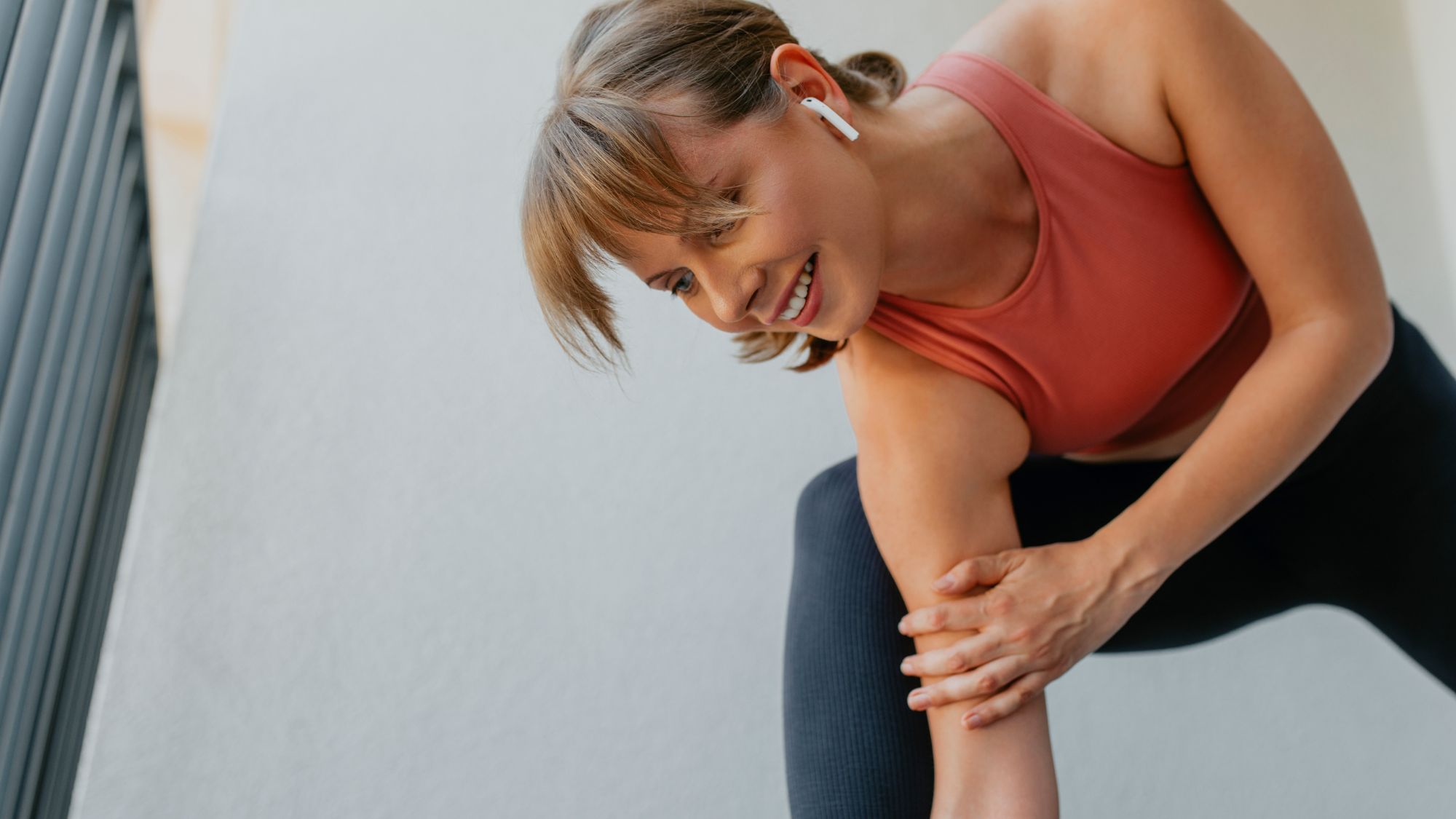

Want to move like an athlete? Then you're going to need to include rotational exercises in your fitness arsenal. Often overlooked, rotational exercises go against much of what we usually focus on in strength training. Rather than stabilising to avoid rotation (think about when you're doing bird dogs, for example - you'll be engaging your core to prevent your hips rotating), these moves focus specifically on the twisting motions that power many of our functional movements, from throwing a ball and to fastening a car seat belt to getting up out of bed in the morning.
If you're wondering why this is important, here's the science bit. Our bodies are designed to move across three distinct planes of motion: sagittal (forward and backwards), frontal (sideways) and transverse (rotational). A well-balanced and effective strength training regime will incorporate a variety of all these types of movements, ensuring efficiency of movement and a reduced risk of injury.
"Life and sport doesn’t just happen in straight lines," explains master cycle trainer at Third Space, Lucie Cowan. "We twist, pivot, and rotate all the time. Rotational movements help train the body to move efficiently and safely in these directions. They build strength in the transverse plane (the plane of rotation), which is often neglected in traditional training programs focused on forward-backward or up-down movement such as running and cycling."
The benefits of rotational training are science-backed, too. Research (such as this randomised controlled trial published in the Journal of Bodywork and Movement Therapies) shows that rotational exercises are effective in building muscle and improving mobility, while experts have long thought that rotational training of the core improves athletic power and function.
So, if you're keen to up the ante on your strength training game, you're in the right place. Below, we've shared the best rotational exercises to try today, according to top coaches, but while you're here, do check out our guides to strength training for beginners, the different types of strength training and the difference between strength training vs resistance training, plus read all about functional fitness training, here.
Rotational exercises are seriously key for building strength - your guide
What are rotational exercises?
Let's start at the beginning. "Rotational exercises involve any movement where the body twists through the torso or rotates around the spine," explains Cowan. "They mimic the way we naturally move in daily life - think turning to grab something, swinging a bag over your shoulder, or rotating to look behind you. These exercises typically engage the core, especially the obliques, and often combine power, balance, and mobility."
In strength training terms, we're talking about moves such as wood choppers, Russian twists and windmills (more on these below.)
Marie Claire Newsletter
Celebrity news, beauty, fashion advice, and fascinating features, delivered straight to your inbox!
@hayleymadiganfitness ♬ som original - MKING
What are the benefits of rotational exercises?
As touched on above, rotational exercises have a whole host of both strength-related and real-world benefits. Let's take a look.
1. They improve core strength and stability
"“The benefits of rotational exercises are vast," agrees personal trainer and founder of MADE Wellness, Penny Weston. "They improve core strength, which enhances balance and stability. A strong core isn’t just about looking good; it supports your spine, reduces back pain, and allows you to move freely."
2. They enhance balance and reduce the risk of injury
Alongside sagittal and frontal exercises, adding rotational moves into your routine will help to improve balance. "Workouts involving rotational moves will help to improve your balance and stability," says personal trainer at OriGym, James Bickerstaff. "They enable you to gain more control of your body to stop unnecessary movements that could otherwise lead to injuries."
3. They boost athletic performance
"Many athletes have noted that rotational exercises have positively impacted their performance, particularly in sports such as running, swimming and throwing," notes Bickerstaff. "This is because these exercises improve the coordination between your upper and lower body, which helps to reduce energy waste and improve speed and overall control."
4. They're excellent for functional fitness
Arguably, the biggest benefit of rotational exercises is the real-world gains you'll see. Functional fitness is having a moment, and rightly so: training our bodies to live independently and well, for longer, is an important and hugely beneficial reason to train, and one we'll all (hopefully) be grateful for as we age.
"Rotational exercises promote better posture and movement in everyday life," shares Cowan. "Done right, they also add a dynamic, functional element to your training that makes workouts feel more real-world."
5. They promote a healthy and flexible spine
"Rotational exercises also increase flexibility and mobility in your spine and hips, which is vital for maintaining proper posture and preventing stiffness as you age," shares Weston.
@flexclubcoaching ♬ DEVIL IS A LIE - Tommy Richman
Who are rotational exercises best for?
In an ideal world, we'd all be including rotational training into our fitness regimes; from beginners to seasoned athletes alike, they're vital for mobility, strength and endurance.
"Anyone can benefit from rotational exercises; athletes of all levels and general fitness enthusiasts will use these movements to improve their performance, in areas such as speed, power, balance and agility," shares Bickerstaff.
"Additionally, older adults with little to no previous experience of working out can do simple routines to improve their coordination and spinal mobility too. This will reduce the risk of falls and can improve their general stability when moving."
7 best rotational exercises to try today
1. Wood choppers
What? A classic strength training move, the woodchop will work your arms, core, stability and balance all in one go. From a standing or kneeling position, move your chosen weight from one hip to the opposite shoulder and return.
Why? "Wood choppers are such a versatile move," shares Bickerstaff. "If you want to incorporate equipment, woodchoppers can be performed with Cables, Medicine Balls and Dumbbells alike. You’ll also have direct control over the angle you pull towards, allowing you to better prepare for a specific range of motion related to your chosen sport.
How long for? Three sets of ten reps on each side.
2. Russian twists
What? A variation on a core move, sit up with your knees bent and heels on the mat. Either holding a weight of choice or just body weight, swing your torso from side to side while maintaining a strong core.
Why? "Russian twists are great for controlled oblique engagement and can be scaled with weights as you gain strength," shares Cowan.
How long for? Three sets of ten to 15 reps, depending on weight and whether you can maintain good form.
3. Windmills
What? An advanced rotational move that will challenge the whole body, these aren't for the fainthearted.
Why? Cowan recommends incorporating windmills to activate and engage mobility, stability and control as you rotate.
How long for? Aim for ten to 12 reps on each side, again focusing on form and technique.
4. Rotational lunges
What? A (literal) twist on a classic lunge. Perform a standard lunge with an added torso rotation at the bottom.
Why? "Everyone knows how to perform a lunge, which is what makes this exercise so accessible for all experience levels," says Bickerstaff. "Adding a simple twist to this can engage multiple muscle groups ,including your hips, core and glutes."
How long for? Try three sets of 10 reps.
5. Cable rotations
What? Using a cable or resistance band, pull the cable across to the other side of the body with straight arms.
Why? "Cable rotations are excellent for developing rotational strength and resisting unwanted movement," shares Weston. "The added resistance makes them great for building strength while also challenging core stability."
How long for? Repeat for ten reps.
6. Turkish get ups
What? Love them or loathe them (and we won't say which camp we're in), there's no doubt that a Turkish get-up is an excellent move for building functional fitness. Starting lying on your back, move from lying to an extended side plank, in a step-by-step motion.
Why? "Turkish get-ups are an advanced option that will really test your stability, mobility, and rotational control," notes Cowan.
How long for? Aim for one perfect one - then add up to four more, if you're able to.
7. Rotational throws or slams
What? Alone against a wall or with a partner, throw (or "slam") a medicine ball, twisting your torso as you release.
Why? "Powerful and athletic, these build explosive strength and engage the whole body," notes Cowan.
How long for? Start off by throwing for one minute, working up as you gain strength and power.
Shop MC UK's essential strength-training kit now:
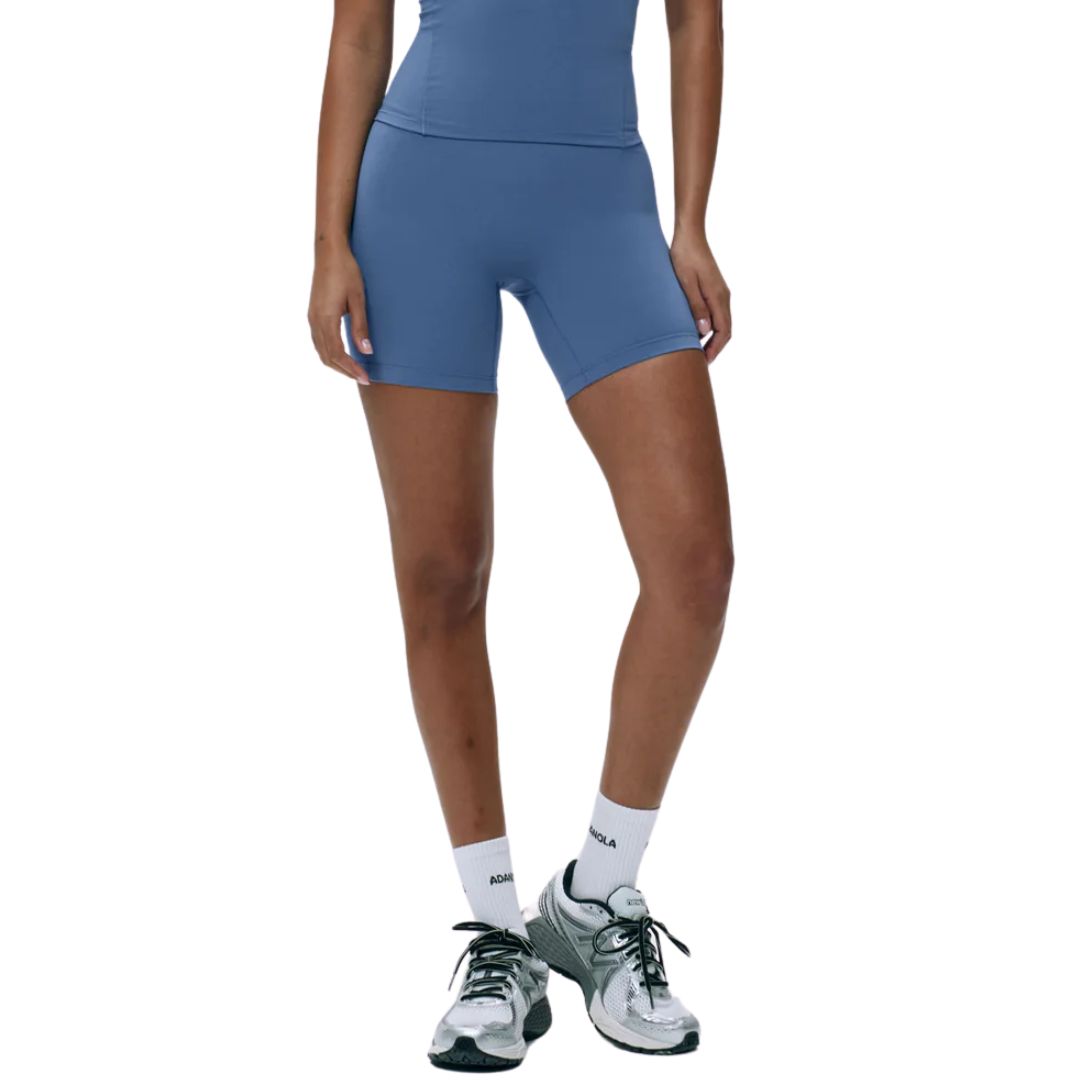
Spring is well and truly springing, and that means swapping out our trusty leggings for something a little cooler. These cute shorts from Adanola have all the features we love from their ultimate leggings, just in mini.
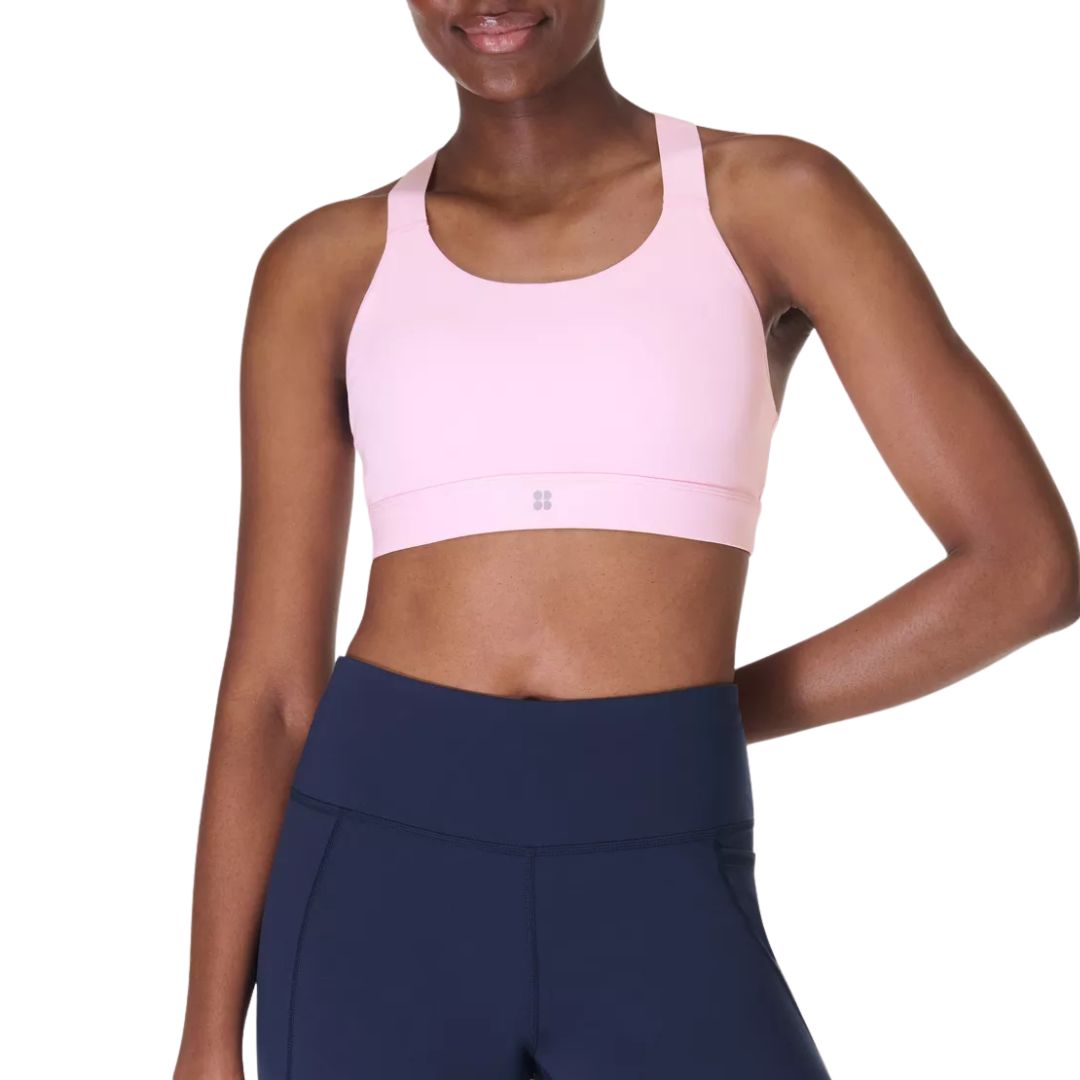
A decent, supportive sports bra is a training non-negotiable, and this Sweaty Betty one ticks all our boxes.
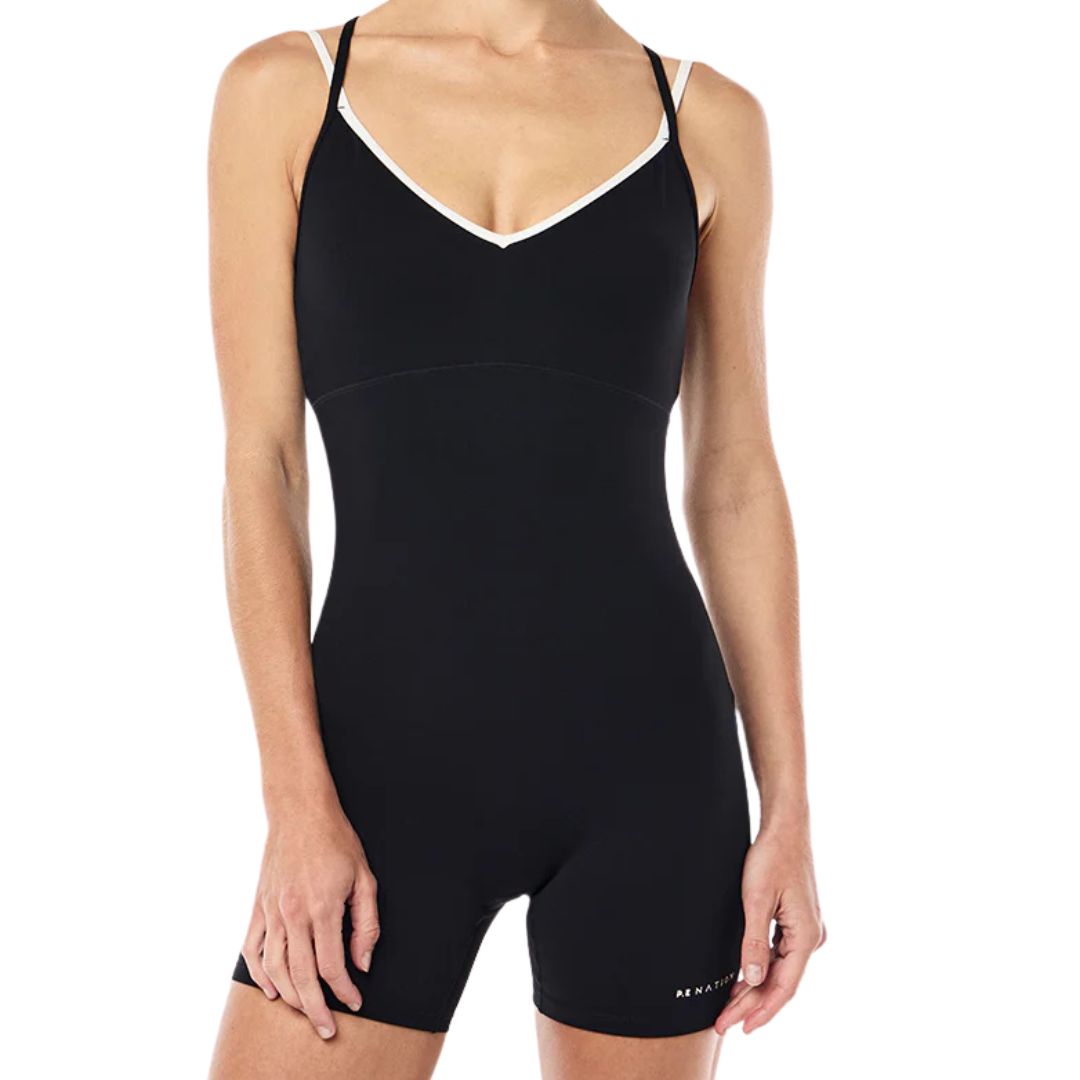
Fed up of trawling through your wardrobe trying to find a gym co-ord? Enter: PE Nation's unitard. All your sartorial exercise issues are solved.
How often should we be doing rotational exercises?
"Ideally, include rotational movements two to three times a week as part of your strength or mobility training," advises Cowan. "These can be stand-alone core drills or integrated into full-body workouts using resistance or cables, for example, or you can even just use bodyweight.
"Whether you’re an athlete, a weekend class-goer, or just someone who wants to move better and feel stronger, rotational exercises are key."

Anna Bartter is a freelance journalist who writes about health, fitness and women's lifestyle for publications including Stylist, Metro and Psychologies, among others.
She's always on a quest to find a variety of fun and functional workouts that give you the most bang for your workout buck and she's passionate about championing movement for everyone's mental and physical wellbeing.
-
 Andrea's It List: Quick 'one and done' outfits
Andrea's It List: Quick 'one and done' outfitsMulti-tasking pieces you'll wear again and again
By Andrea Thompson
-
 TikTokers are claiming that their luteal phase is making them ‘ugly’—here’s how it actually affects your skin, hair and nails
TikTokers are claiming that their luteal phase is making them ‘ugly’—here’s how it actually affects your skin, hair and nailsPlus, how to prepare for it…
By Nessa Humayun
-
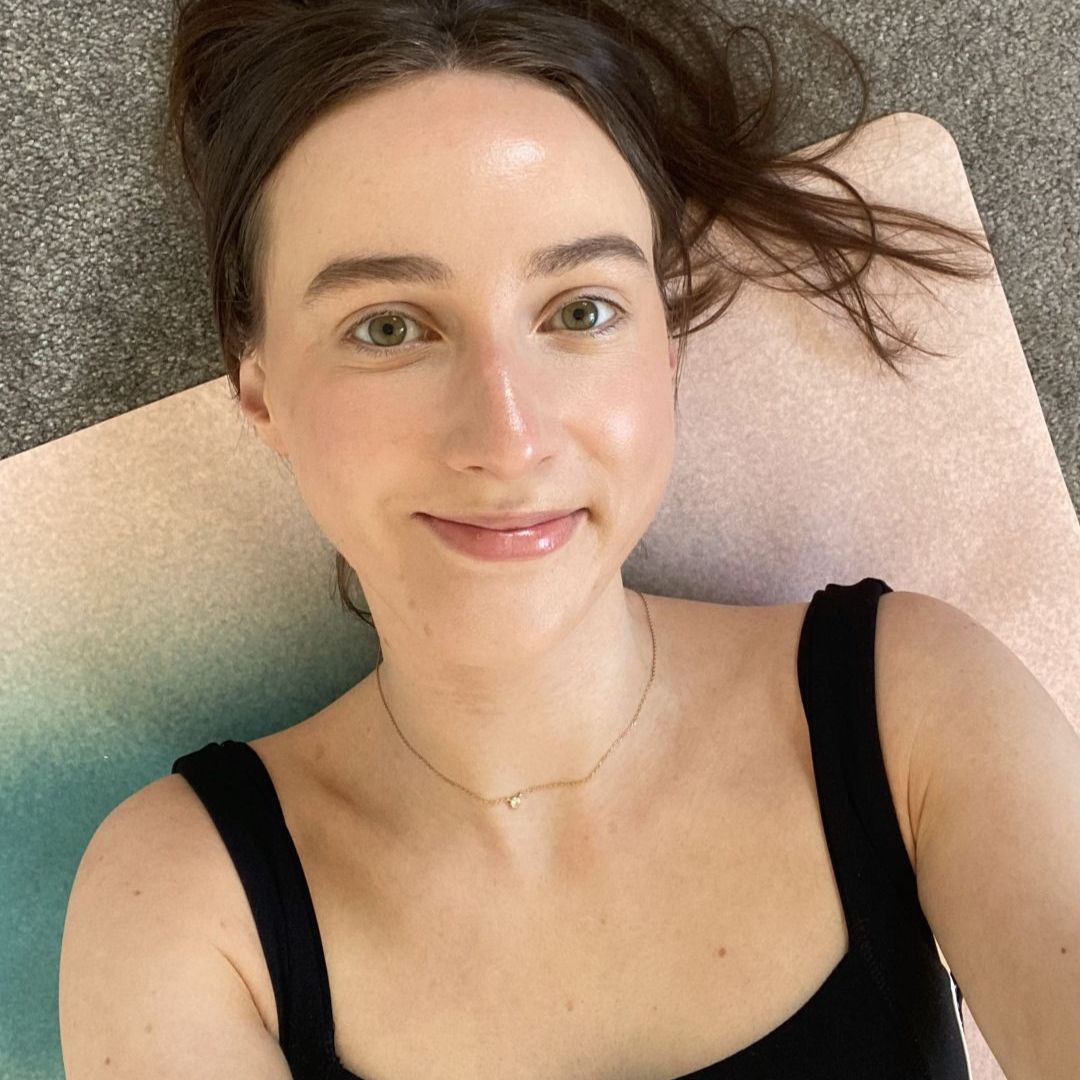 I tried Pilates scissors, the raved-about Pilates move - and think it's the best combination of stretching and strengthening ever
I tried Pilates scissors, the raved-about Pilates move - and think it's the best combination of stretching and strengthening everTrust me, this one's worth trying.
By Katie Sims
-
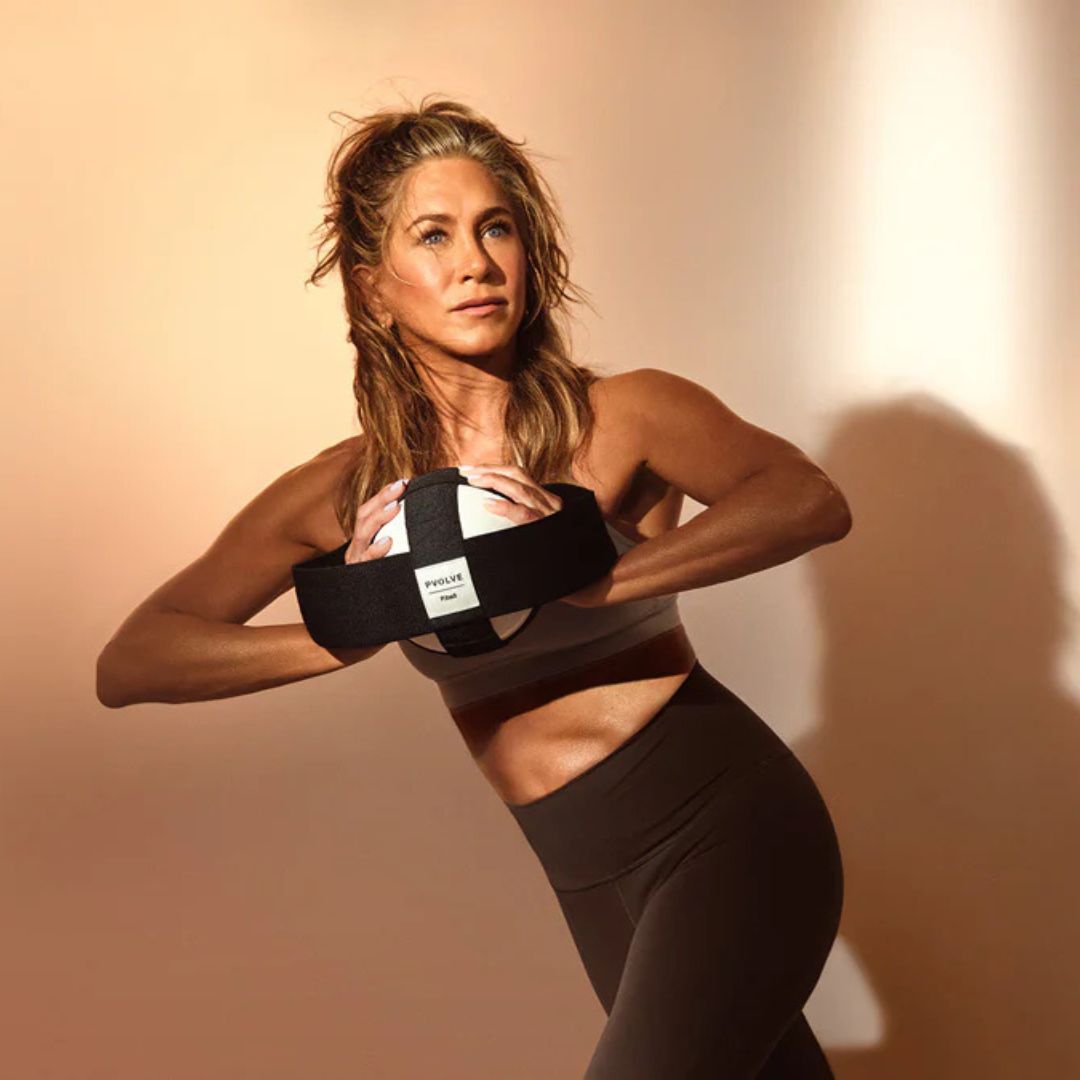 It's the trending workout of the moment and Jen An's go-to - but what actually is Pvolve and is it effective?
It's the trending workout of the moment and Jen An's go-to - but what actually is Pvolve and is it effective?Workout like an A-lister - because you're worth it.
By Anna Bartter
-
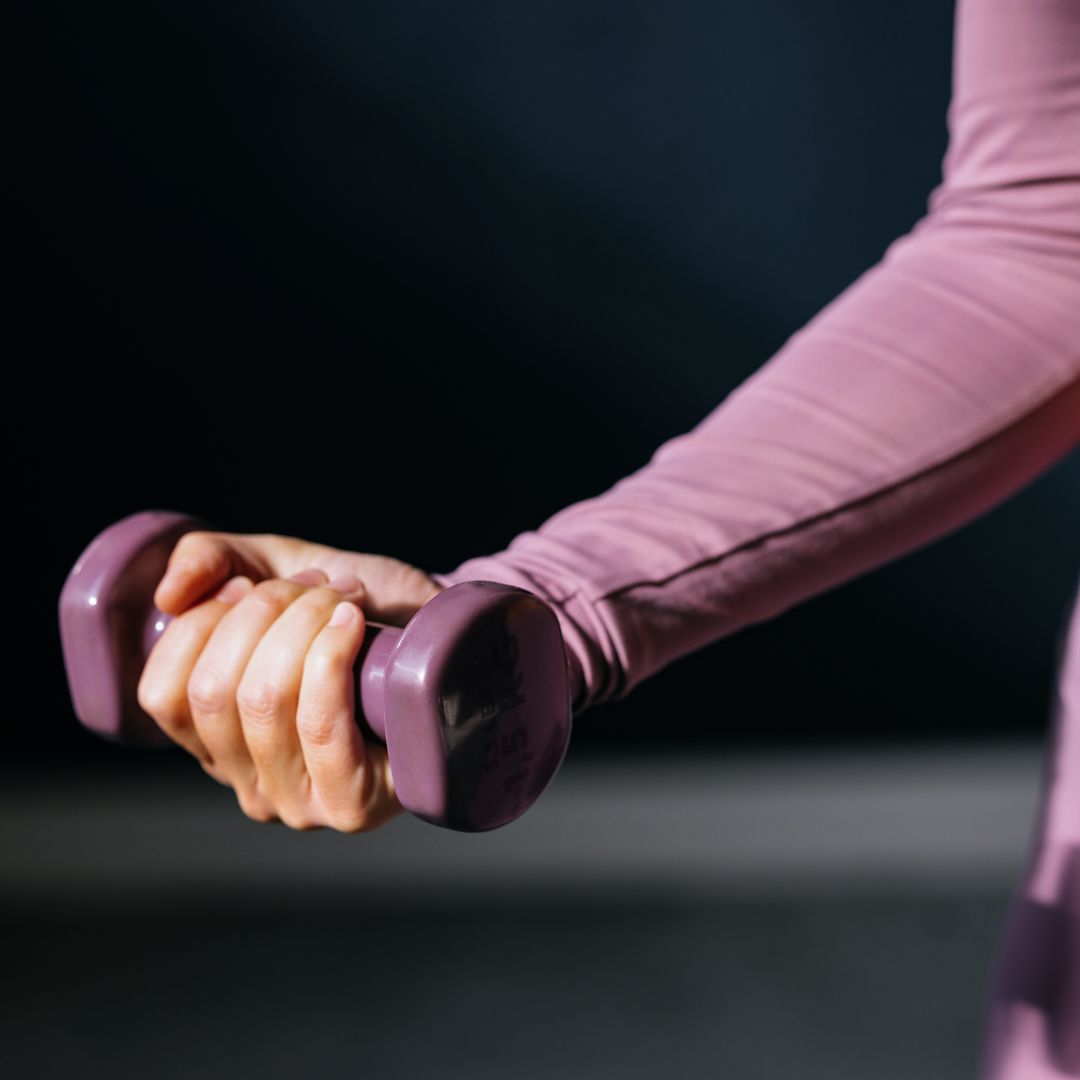 Lateral exercises are arguably the best moves you can do to supercharge balance and coordination - 5 to try
Lateral exercises are arguably the best moves you can do to supercharge balance and coordination - 5 to tryTry these moves for a well-balanced workout.
By Anna Bartter
-
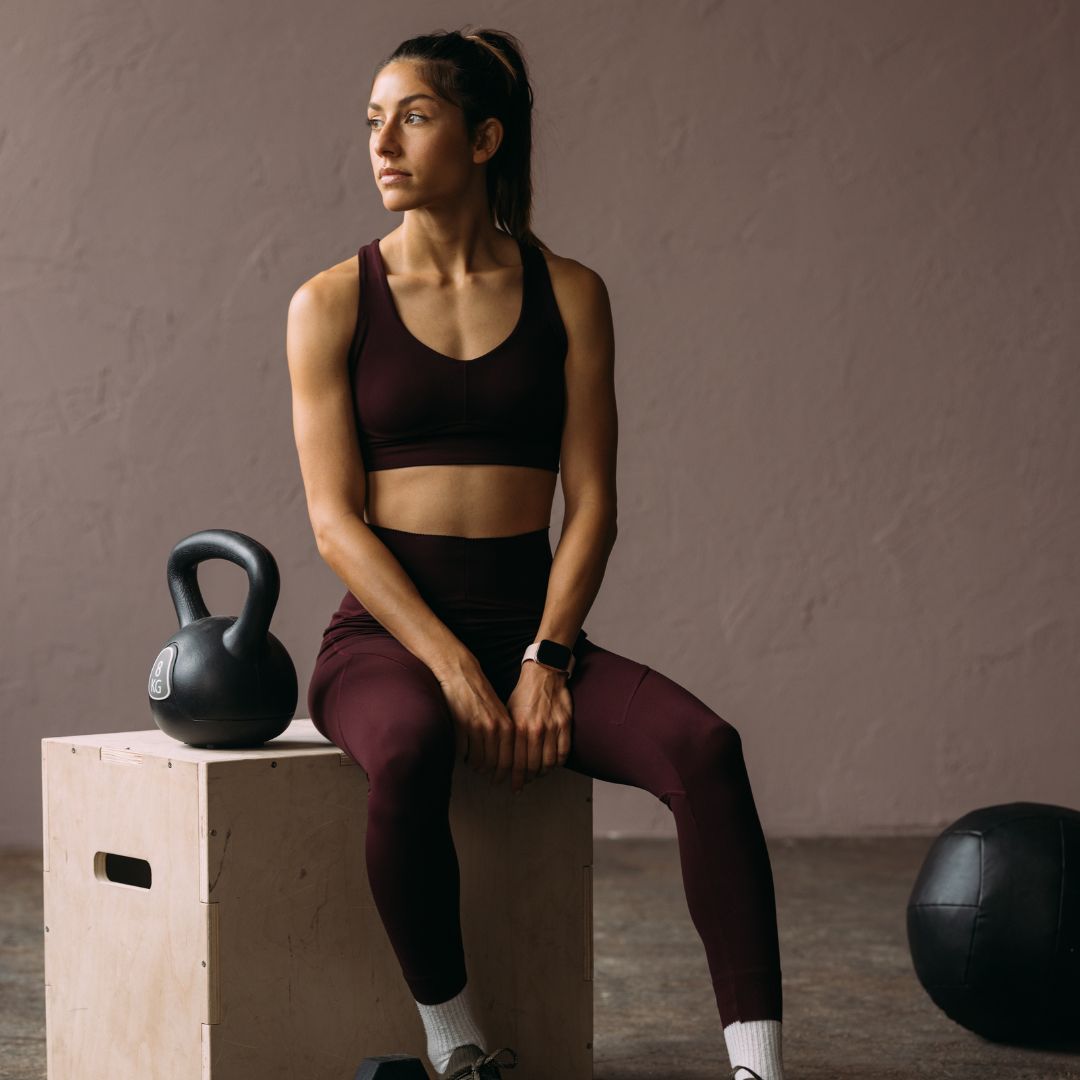 Looking to mix up your strength training? 7 best kettlebell exercises for beginners, according to Peloton coaches
Looking to mix up your strength training? 7 best kettlebell exercises for beginners, according to Peloton coachesA truly beginner-friendly piece of kit.
By Anna Bartter
-
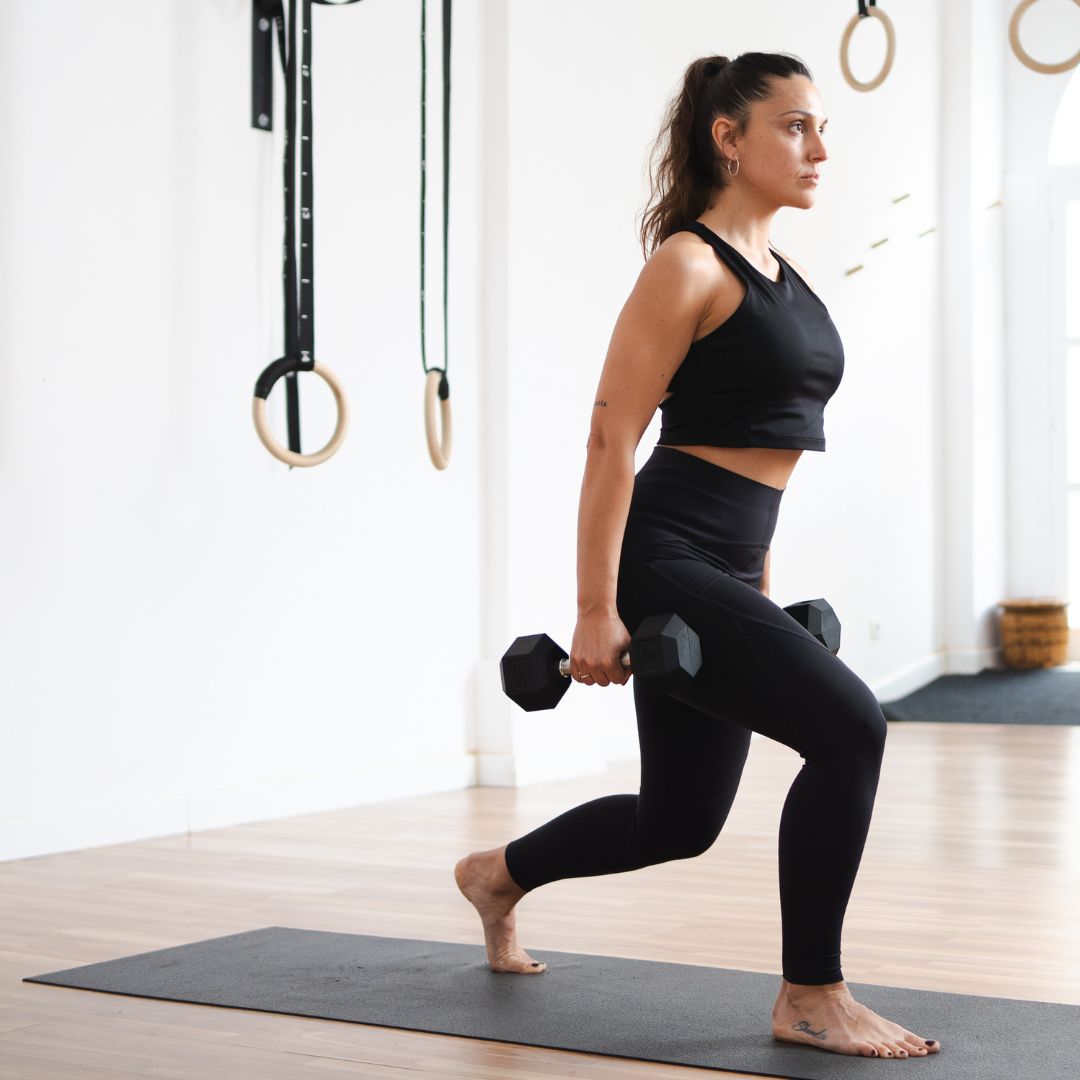 New to strength training from home? 7 effective yet simple dumbbell exercises for beginners to kickstart your strength
New to strength training from home? 7 effective yet simple dumbbell exercises for beginners to kickstart your strengthNo gym membership? No problem.
By Anna Bartter
-
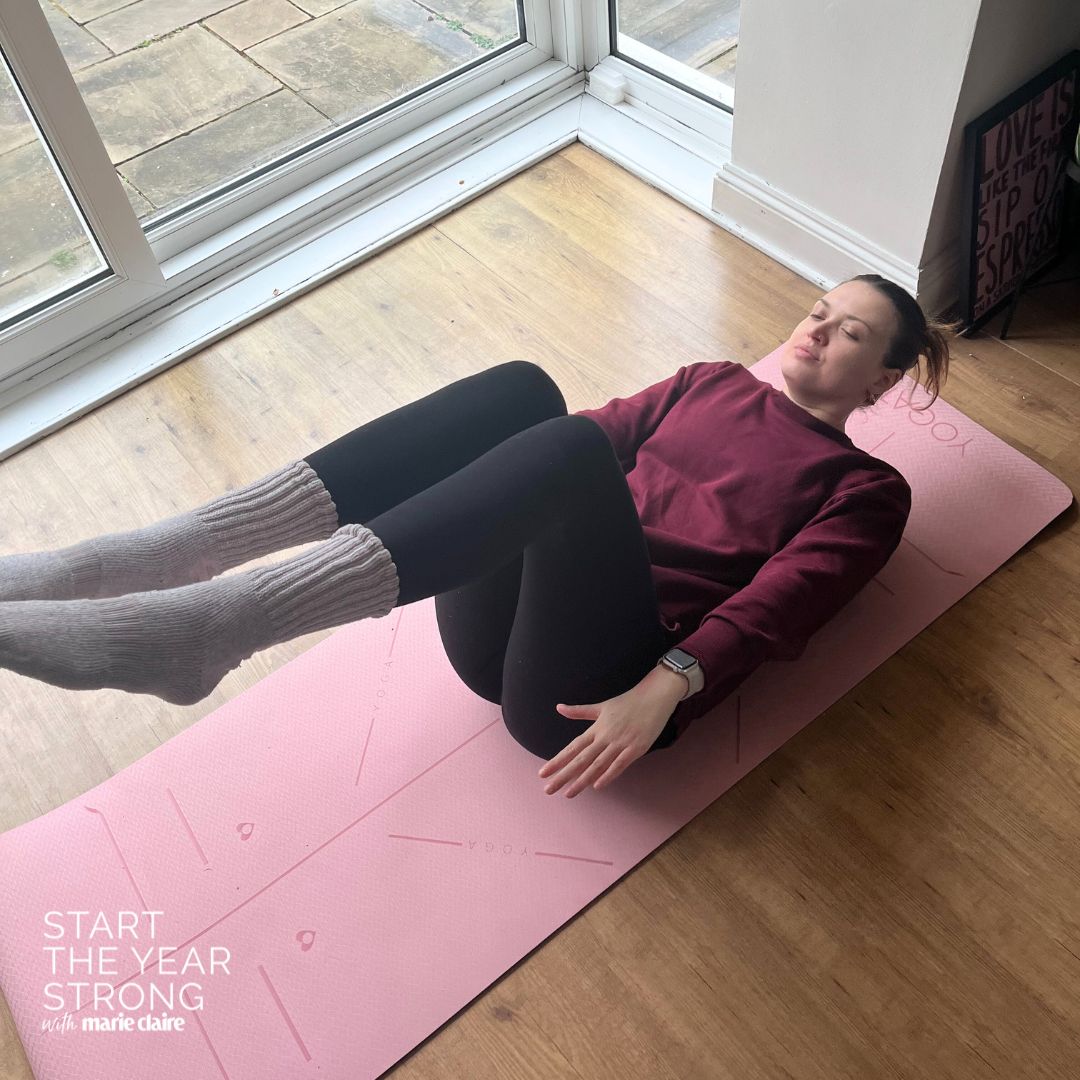 I've been doing dead bugs every day - and am surprised by how much they've strengthened my core and reduced my back pain
I've been doing dead bugs every day - and am surprised by how much they've strengthened my core and reduced my back painFor strong abs, and a properly supported spine.
By Georgia Lockstone
-
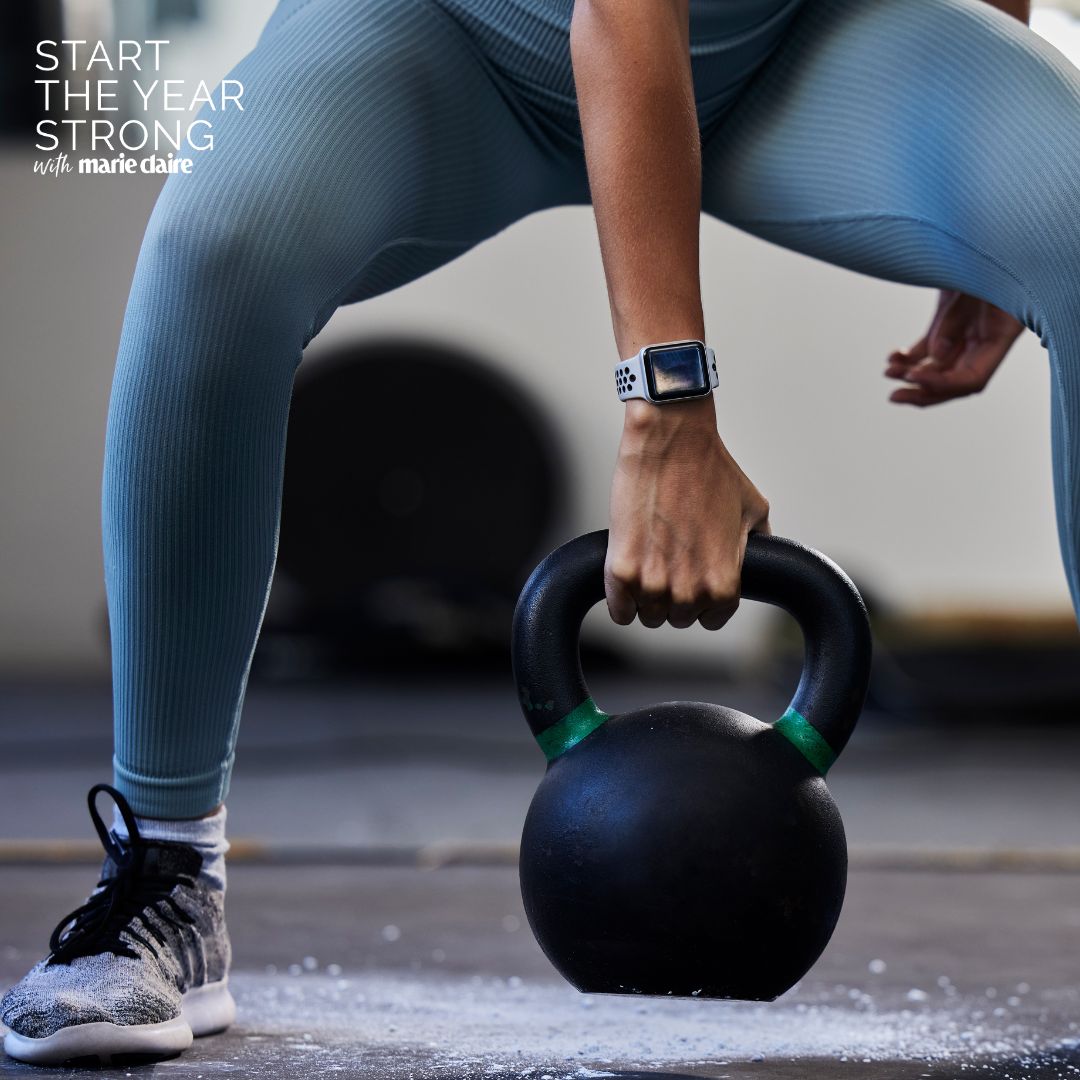 Want to get strong from your living room? 5 most effective home kettlebell workouts PTs do themselves
Want to get strong from your living room? 5 most effective home kettlebell workouts PTs do themselvesMoves that come expert-approved.
By Abbi Henderson
-
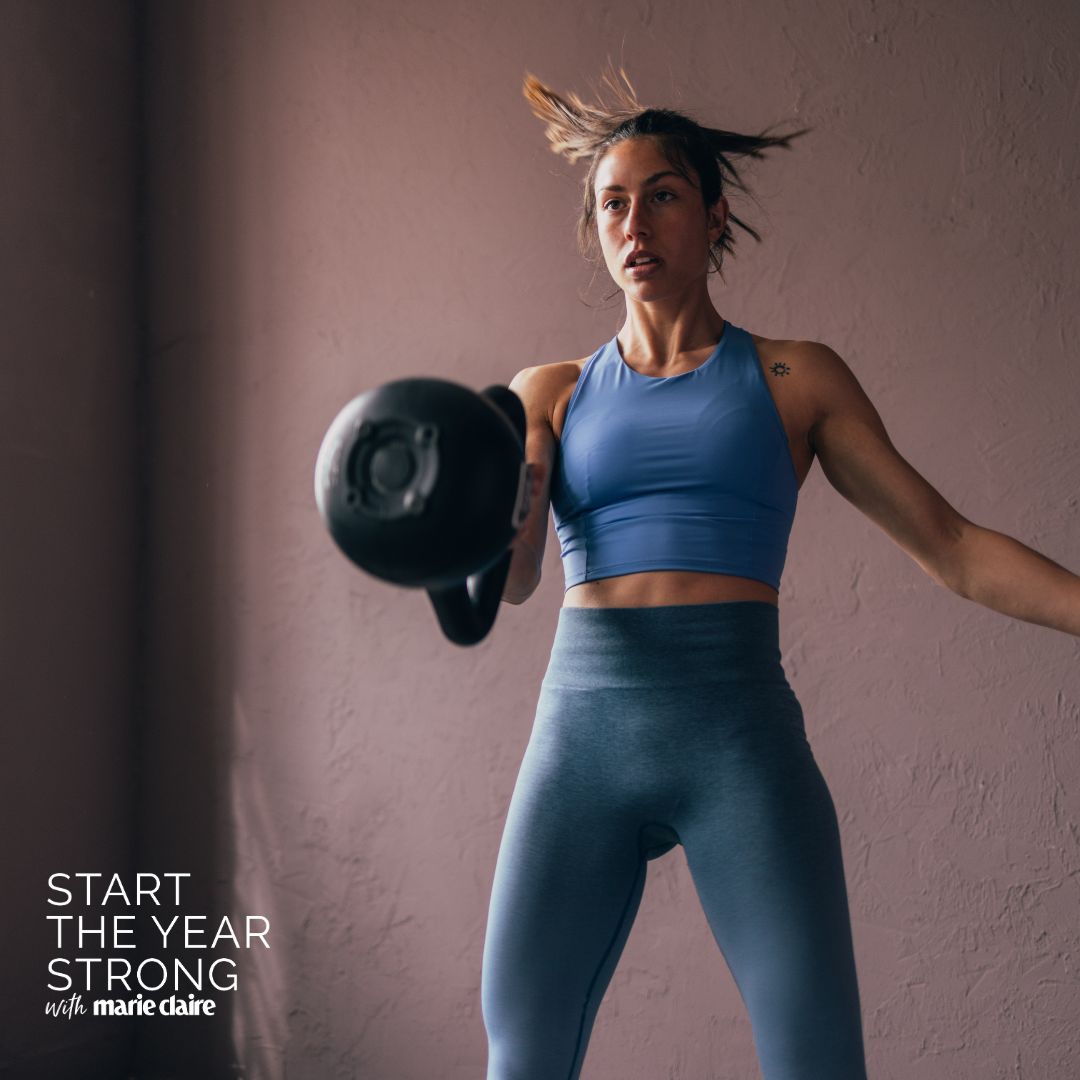 Sore back or poor posture from sitting at a desk all day? Kettlebell swing workouts are the answer - 5 a PT recommends to clients
Sore back or poor posture from sitting at a desk all day? Kettlebell swing workouts are the answer - 5 a PT recommends to clientsThe perfect antidote to a desk-bound day.
By Anna Bartter
-
 Walking with a weighted vest promises to supercharge your strolls - I tried it for a month and can't tell you how much I've loved it
Walking with a weighted vest promises to supercharge your strolls - I tried it for a month and can't tell you how much I've loved itWeight training while walking for the win.
By Anna Bartter






